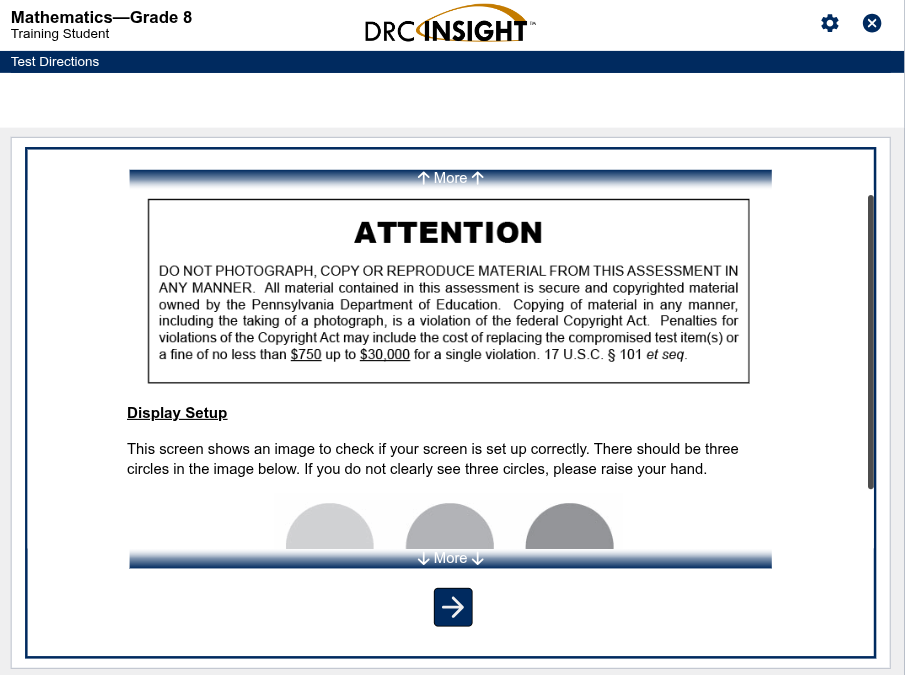Mars Perseverance Rover completes a seven-month journey through space
March 23, 2021
NASA’s Perseverance rover set off on its almost year long journey to Mars on July 30, 2020. The Perseverance Rover touched down on the surface of Mars on Feb. 18. It took some serious power to get the car sized rover moving at 24,600 miles per hour, which is the speed that it left earth. That is why NASA constructed and chose the Atlas V rocket which had an astonishing 374,000 pound of thrust. The Atlas V is the same type of rocket that put the Insight and the Curiosity rovers on Mars.
Thrust is the force which moves an aircraft through the air. Thrust is needed to overcome the weight of a rocket. Thrust is generated by the engines of the aircraft through some kind of propulsion system. In the case of the Atlas V, it uses a RL10 propulsion system to power their second stages. Logging an impressive record of nearly 400 successful flights and nearly 700 firings in space, RL10 engines are manufactured by Aerojet Rocketdyne and to get their power they harness the power of high-energy liquid hydrogen.
The Perseverance Rover had an incredibly long way to go on its mission, traveling an asstonishing 292,526,838 miles. During its journey, engineers were able to use smaller rockets on the sides of the Atlas V to give propulsion and adjust its course along the way, to give it the best possible chance of landing on Mars.
Even though it had a successful touchdown on Mars the rover still has the rest of its mission left to complete. The Mars 2020 Perseverance Rover will search for signs of ancient microbial life, which will advance NASA’s quest to explore the past habitability of Mars. The rover has a drill to collect rock and soil, then store them in sealed tubes for pickup by a future mission that will send them back to Earth for detailed analysis. Perseverance will also record Mars sound for the first time and test technologies to help the future exploration of Mars. Since it needs a long battery life the Mars Perseverance rover will be powered by INL’s Multi-Mission Radioisotope Thermoelectric Generator, or MMRTG. MMRTG uses pellet forms of the radioactive material plutonium-238 to generate electricity. With the launch and landing a success for NASA, the Perseverance Rover can focus on its mission and to help with the exploration of Mars.


![Lucia Haney [Editor in Chief] working hard to ensure Ink and Imagination is a success.](https://bulldogbarker.com/wp-content/uploads/2025/05/Ink-and-Imagination-1200x800.jpg)









